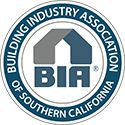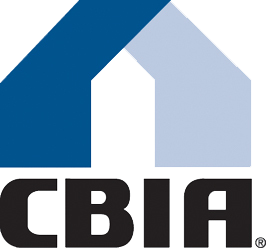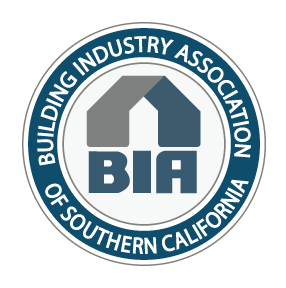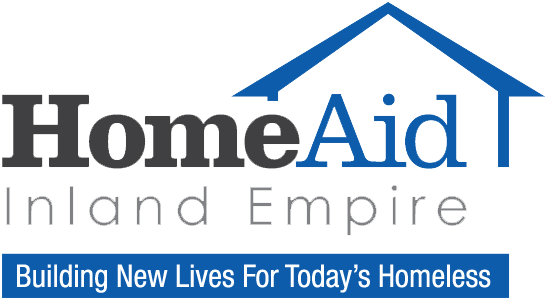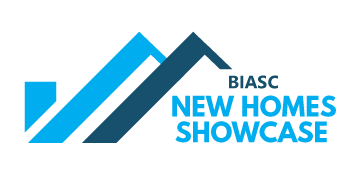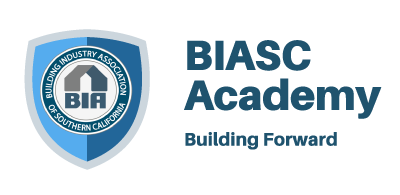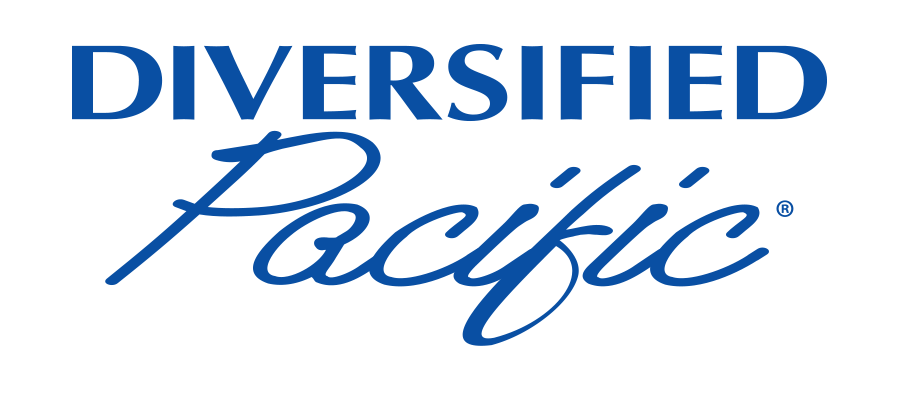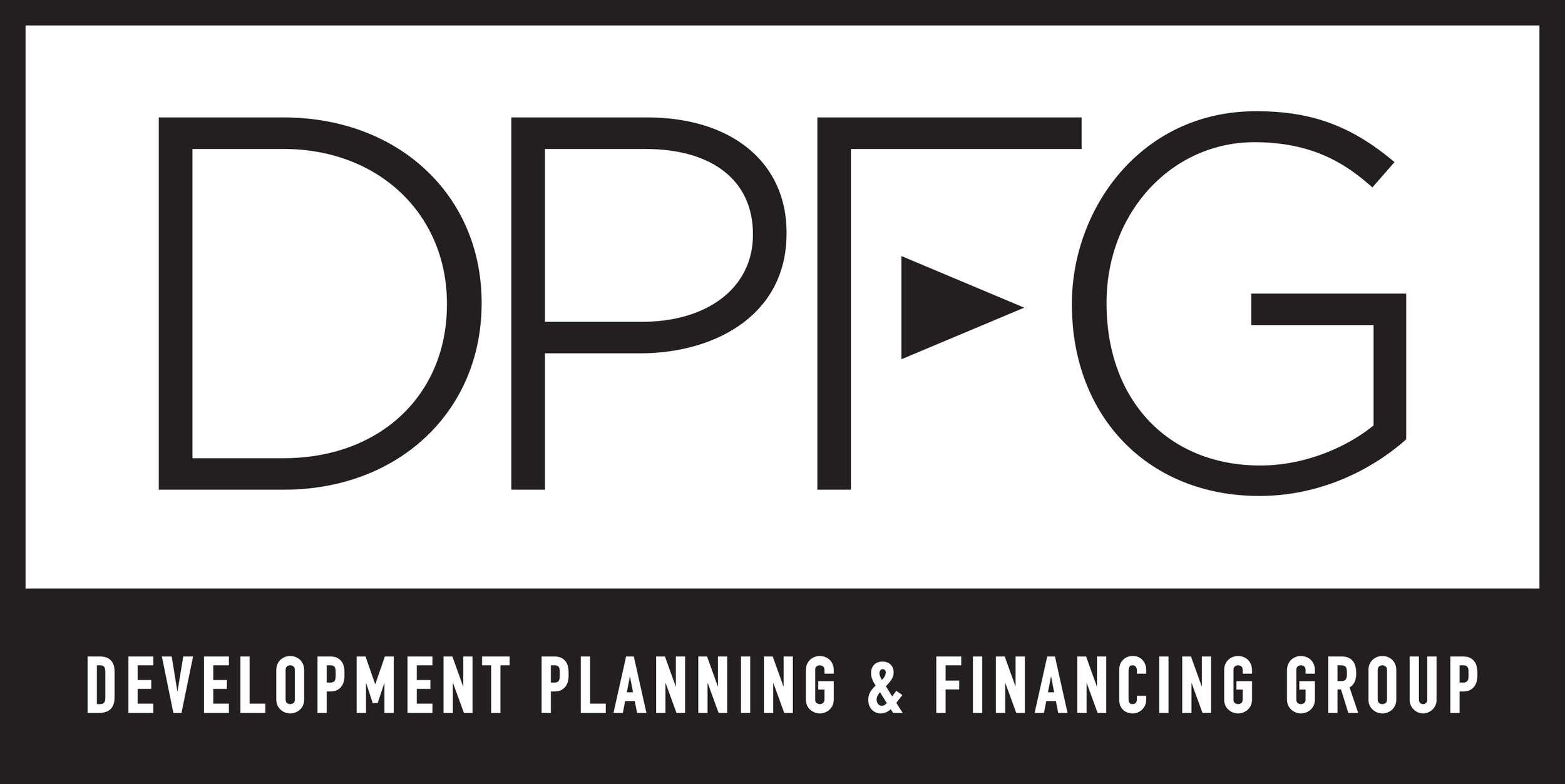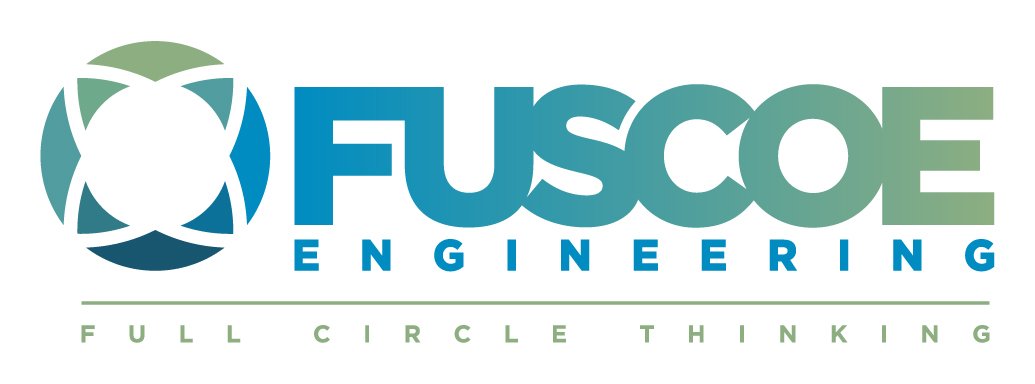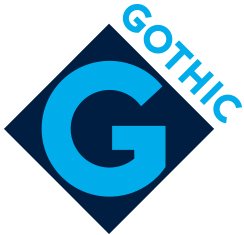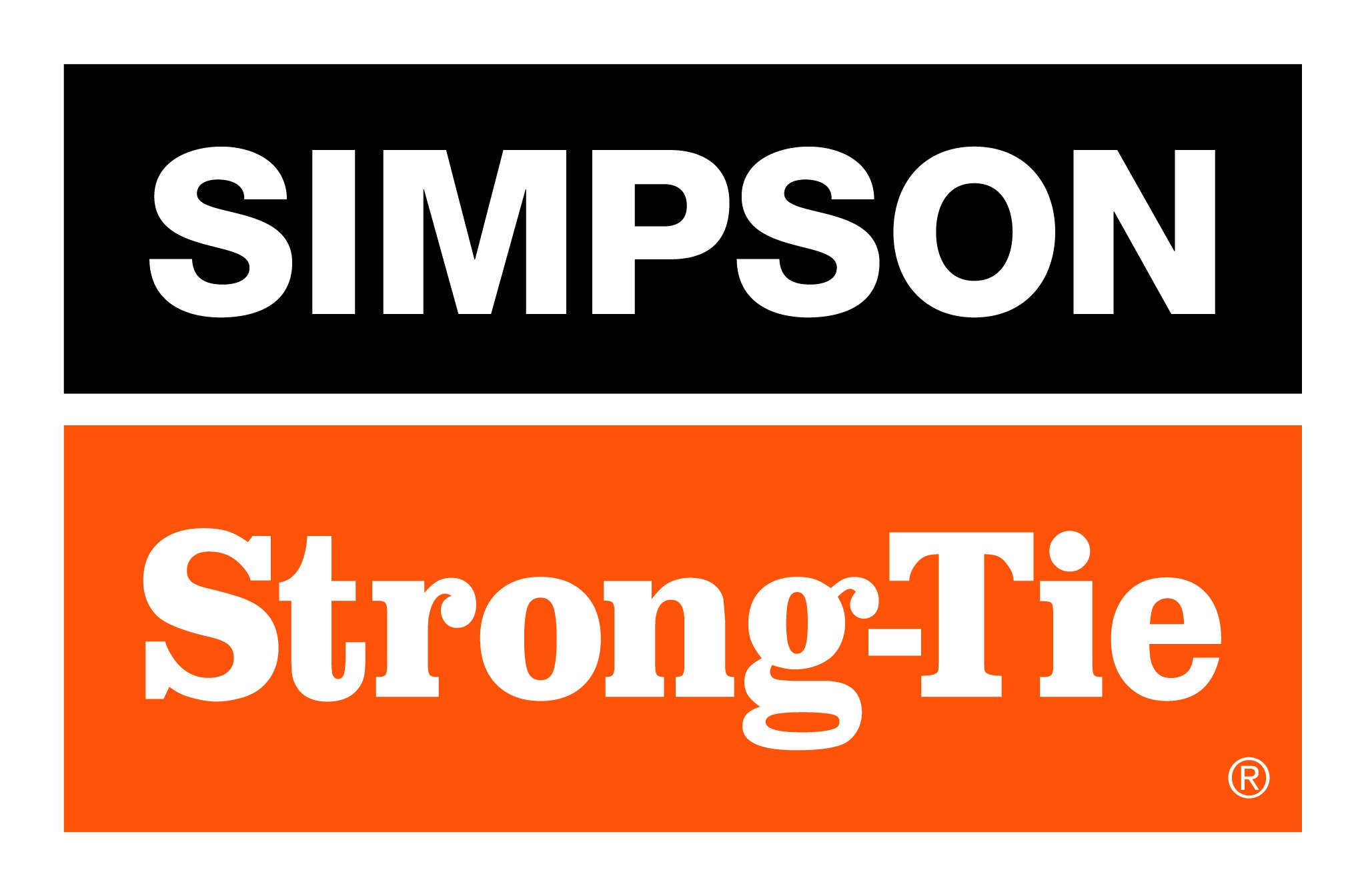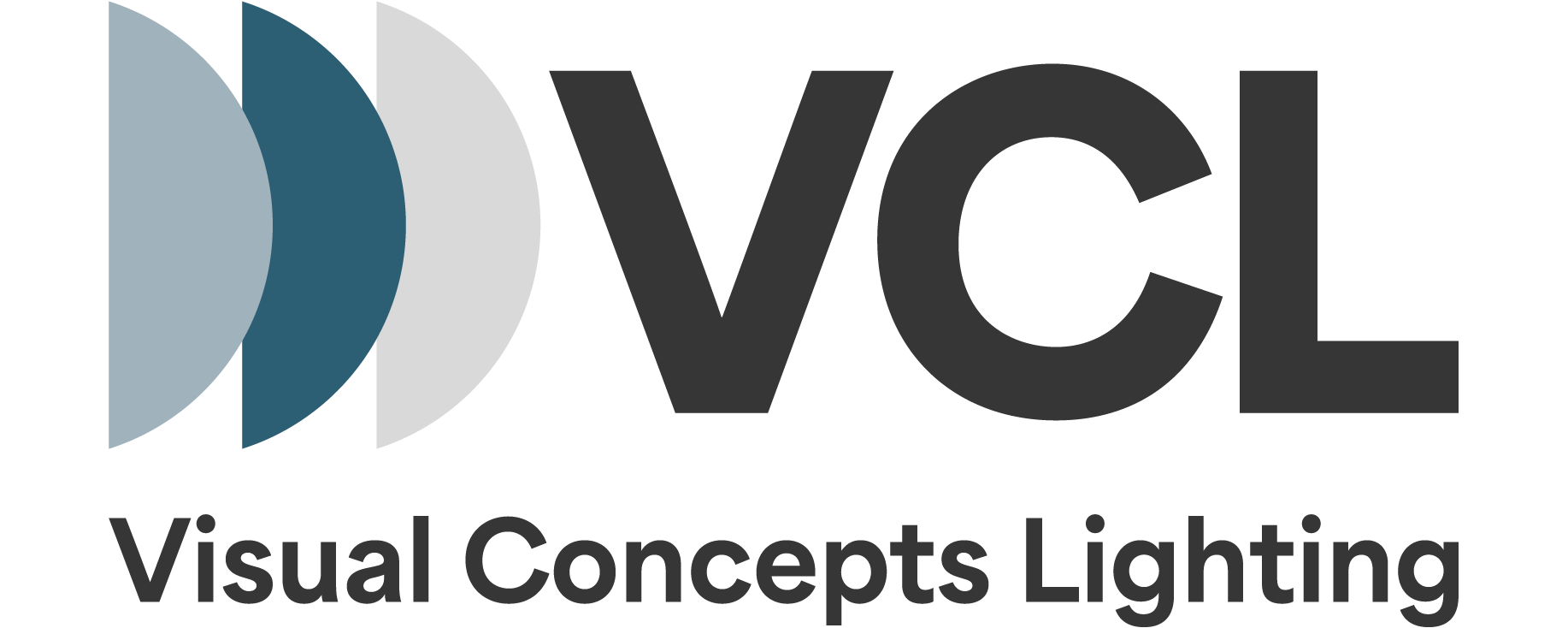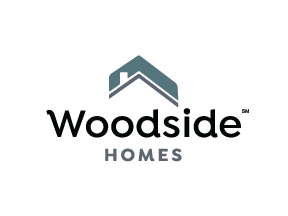Image from 727 Team Real Estate
By Carlos Rodriguez
CEO, Building Industry Association (BIA) Baldy View Chapter
Because today Americans are living longer, healthier lives, the National Association of Home Builders estimates that by the end of this year, the number of households headed by someone over the age of 55 years (referred to as ’55 Plus’ heads of households) will increase to account for more than 45 percent of all U.S. households. These growing ranks of empty-nesters, new retirees, grandparents and active seniors have created an opportunity for builders across the country to meet the special needs and preferences of what are termed 55 Plus buyers looking to relocate or find a new senior-friendly community.
55 Plus homes are typically located in convenient locations and socially-engaged communities, and often use design elements that promote low-stress living and include special features like accessible bathrooms and gardens.
Today’s baby boomers desire the sense of community that comes with living in a place made for residents who are looking to remain engaged and independent. Most often, residents enjoy communal amenities like pools, recreation centers, social events, hiking trails, tennis courts and nearby restaurants and shopping. These types of communities are usually an affordable and sought-after option for 55 Plus adults.
For many, Assisted Living is aimed at residents who want to live independently and have quick and direct access to services like personal one-on-one care, meal preparation, social activities, and in many cases 24-hour health supervision. Assisted Living is for those who can no longer live entirely on their own, but don’t yet need the full support of nursing care. The level of service is typically adjusted to fit the individual’s needs.
Community care retirement communities (CCRCs) offer a happy medium between the support of assisted living and the independence of 55 Plus communities. Residents can choose more independence by living on their own in single-family homes, apartments or condominiums, and - as additional assistance becomes necessary - there is the added comfort of assisted living or nursing care facilities close by. CCRCs offer residents the opportunity to transition smoothly and be certain that their health needs will be accommodated without the stress and logistics of moving.
The latest trends in 55 Plus building include Universal Design (UD), which focuses on making a living space fully accessible to people of all different ages and abilities. This often requires small innovations in design that are increasingly inviting and stylish. Some examples are widened doorways for wheelchairs, adjusted showers and baths, raised flower beds for seated gardening, open, single-level floor plans and lowered appliances. With a move to a home with UD elements, residents can have up-to-date style, and feel totally comfortable in their own space.
With a rise in demand for healthy living in recent years, many 55 Plus builders are including amenities like massage therapy, spas, workout classes and hiking trails into their community plans. In addition to the focus on in physical health, many 55 Plus communities offer social groups form around activities like singing, games or even dancing.
One of the biggest trends in 55 Plus building trends is to locate communities near colleges so residents can continue learning by taking classes or going to the cultural and academic events that revolve around college campuses. Many communities develop near public transit hubs or even provide their own transportation into central local areas. Some developments sponsor trips to large festivals, plays, religious services or other local events. These amenities make for a rich and busy life and manage to promote health as well as happiness.
Building Industry Association of Southern California’s Council on SAGE (Shaping Advancements in Generational Environments) www.biasc.org continually provides education on the 55+ Housing Community. Please contact Amy Cisneros at acisneros@biasc.org or by phone (949) 777-3855 to receive further information.
The BIA Baldy View Chapter seeks to advance the opportunity to attain the American Dream of home ownership. For additional information on homebuying, home improvements or the benefits of homeownership, go to www.biabuild.com on the web – and have a happy 2018.
